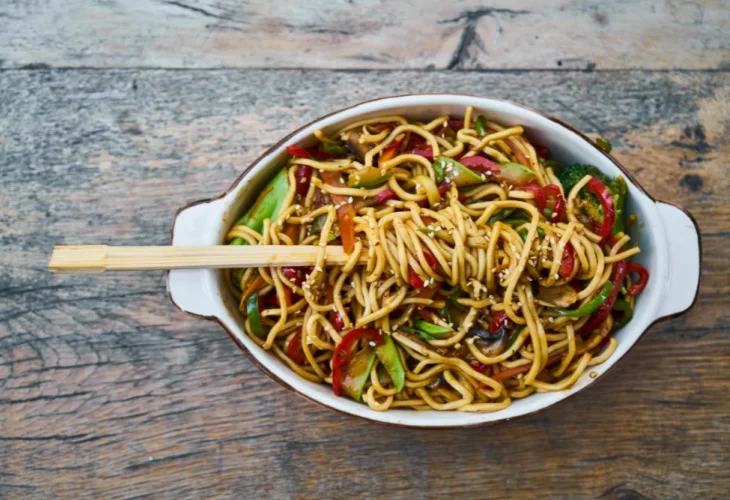Health and Nutrition
How the Japanese Stay Slim: 6 Habits That Help Prevent Obesity
Discover the mindful eating practices, portion control, daily movement, and seasonal diet secrets that keep Japan one of the healthiest and leanest countries in the world

In a world where obesity has become one of the biggest health challenges, Japan stands out as a country that’s managing it exceptionally well. The Japanese maintain a lean physique and a healthy lifestyle while many other populations struggle with excess weight. What’s their secret?
1. Slow Eating
In Japan, eating is treated as a full sensory experience, not just a way to satisfy hunger. Meals are eaten slowly, with attention given to every bite, texture, and the craftsmanship behind the food. This mindful approach allows the body enough time to register fullness. Even Maimonides (Rambam) taught that one should eat without feeling completely full, since the brain takes time to signal that the body is satiated.
2. Smaller Portions
In contrast to many Western countries where large portions are the norm, Japanese meals typically consist of several small, carefully prepared dishes. This allows people to enjoy a variety of flavors without overeating, making the meal feel abundant without being excessive.
3. Daily Movement
Exercise in Japan is often built into the daily routine. Many people commute by bike, take neighborhood walks, and opt for stairs instead of elevators. These seemingly small habits help burn calories and keep the metabolism active in a natural, sustainable way.
4. Green Tea Instead of Dessert
Rather than ending a meal with something sugary, the Japanese often drink a warm cup of green tea. Rich in antioxidants, green tea aids digestion and contains compounds known to support fat-burning processes in the body.
5. Seasonal Eating
The Japanese diet follows the rhythm of the seasons. By eating what’s naturally available during each time of year, they enjoy fresher, more nutrient-rich foods, and avoid food fatigue. Seasonal variety keeps meals exciting and promotes better nutrition.
6. Eating as a Social Experience
In Japan, meals are also social occasions. Sharing food and conversation leads to more mindful eating, encourages smaller portions, and creates a sense of connection. This cultural habit allows for greater enjoyment without overindulging.
The Japanese approach to eating and movement is deeply intentional, rooted in mindfulness, moderation, and a respect for nature. It’s not just about what they eat, but how they live. Small, consistent habits make all the difference.

